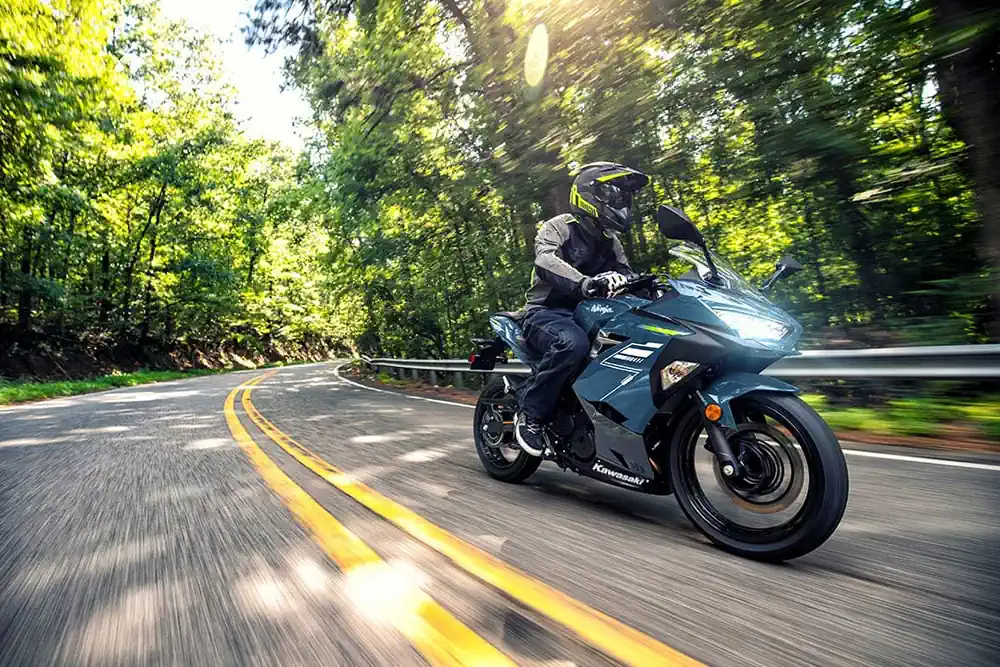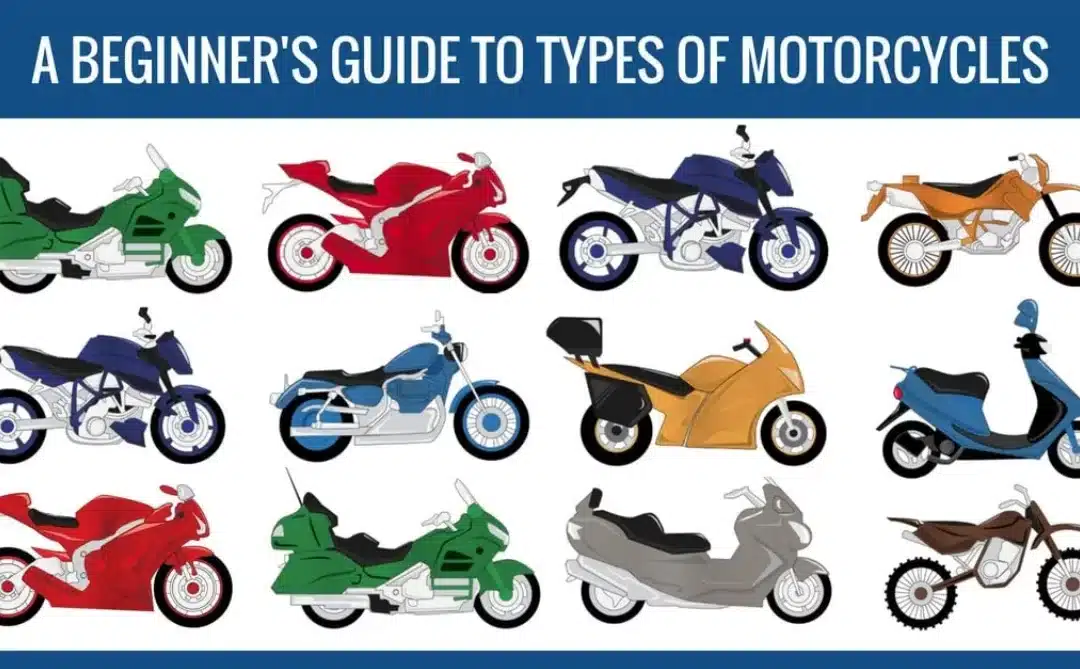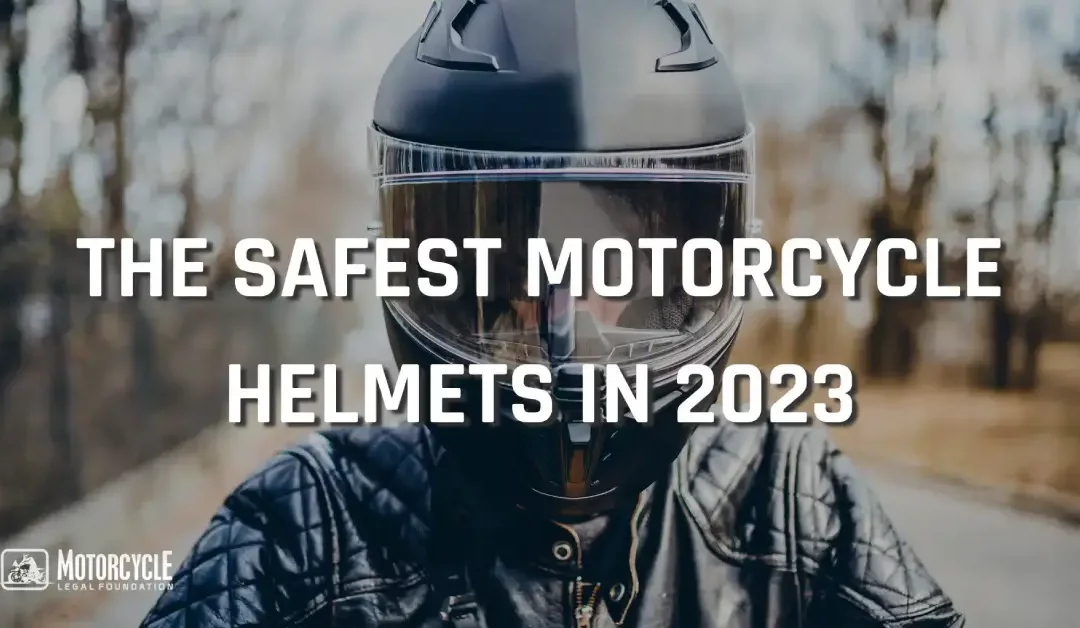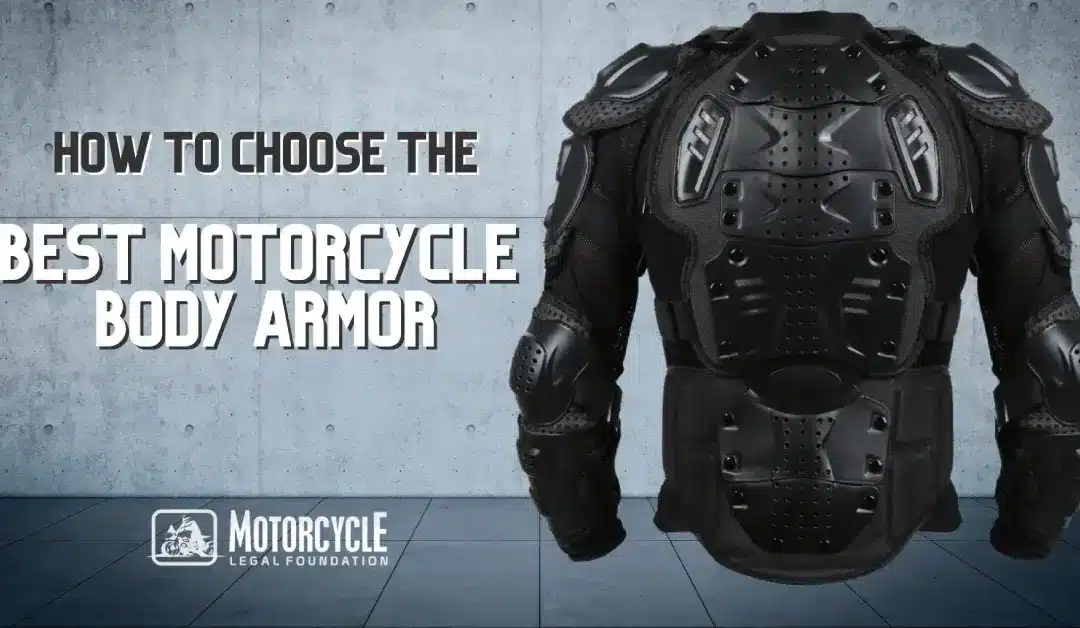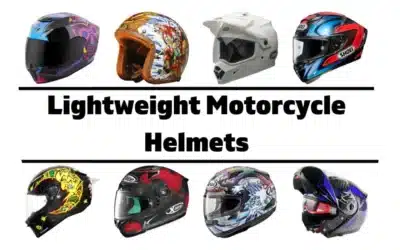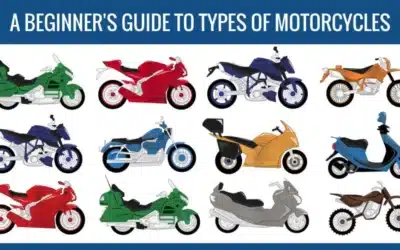It is not always simple to select the safest motorcycle for you. You are aware of the potential hazards of motorcycle riding and wish to minimize them as much as possible. You should also make certain that your motorbike passes the minimum requirements for road legality. But, within those constraints, which motorbike best safeguards your safety?
While some individuals concentrate on certain makes or models, the safest motorbike for you may not be the one you assume. Instead of selecting a certain brand or style of motorbike, it is more vital to select a motorcycle that you can manage, feel comfortable driving, and do not struggle to maintain upright or hang on the road.
Safety in motorcycling is paramount and there are many ways to ride safely in all conditions that we have outlined previously. Three questions that are asked again and again is:
- What motorcycle is the safest?
- What attributes or features does the safest motorcycle have?
- Which motorcycle is right for me?
All of those are great discussion topics as motorcycling is very personal and every person can have similar answers for all the questions, yet they might not be the same. Let’s look at what makes a motorcycle safe for you and what we recommend as the safest motorcycle.
The term ‘safe’ is a general term meaning limited to no risk involved, but many riders with experience will admit that riding a motorcycle involves more risk than driving a car or truck. Perhaps the term ‘safer’ is better suited for motorcycling, and defining what can make it safer should be the focus for all riders both old and new.
Fit: Height and Size
Comfort while riding is an area that every rider needs to pay attention to, and that comes with a properly fitted motorcycle for your height and size. Being able to reach all controls easily, all shift levers with your feet, and also the ability to touch the ground when standing up while stopped are key concerns that every rider should address when selecting a motorcycle. Your inseam length, the motorcycle seat width, and the motorcycle’s suspension sag under the rider’s weight should be a good indicator if the motorcycle is a good fit. You should at minimum be able to touch the ground with one foot at a stop, but the ideal condition is that a rider can put both feet flat on the ground and have a couple inches between them and the motorcycle while standing.
Engine Size and Skill Level
Advertising does a great job of wooing new riders into the latest and biggest motorcycles available, but is that really what you need? New riders are recommended to start with a smaller motorcycle engine which will allow them to grow into motorcycling as their skill level increases. Also, consider where and when you’ll be riding. If you plan to commute in a large city that won’t see more than 45 miles per hour, you might not need a motorcycle capable of 130 miles per hour.
Tips for Beginners
So you just passed your basic motorcycle riding course. Now what? As you shop for your first motorcycle, here are some tips to consider during your quest:
Choose a motorcycle for your current skill level.
Start with a smaller motorcycle that is easy to maneuver and fits your body size well enough to ride for a period of time. Most new riders will want to move to a larger motorcycle as their skills develop and they find what niche they enjoy riding the most in. Worry more about skill development during the first year or two of motorcycling rather than having the newest motorcycle.
Shop for a used motorcycle.
Starting with a used motorcycle should require less investment for the initial purchase. It will most likely have a few scratches and dings as it has been used by previous new riders, but after your year or two of skill development, you can resell the motorcycle to another new rider and reclaim most or all of your initial investment before upgrading.
Prepare yourself.
As you are the main contributor to riding safely, you need to prepare yourself for safe riding as much as your motorcycle. Riding impaired is never recommended, nor is riding tired. Always get some good sleep before riding as it takes all your attention and mental faculties to stay safe on the road. Anything less than attentive and prepared riding is inviting more risk.
Innovative Safety Features
Over the last few years, motorcycle and protective gear manufacturers have started to incorporate new features that lend themselves to safer riding. Here are a handful of our favorites:
Onboard Diagnostics
The same diagnostic features you’re used to with your four-wheeled vehicle are now starting to be incorporated into the newest motorcycles. Active suspension, tire pressure monitoring, and flex-fuel are options starting to be researched and incorporated into new models hitting the showroom floors.
LED Lighting
LED (Light Emitting Diode) lighting is stylish and more importantly very functional. LEDs can offer more light and visibility using less power than a standard bulb. Other motorists can see a motorcycle better with brighter lighting, and some helmets are now offering LED inserts for additional visibility to other motorists.
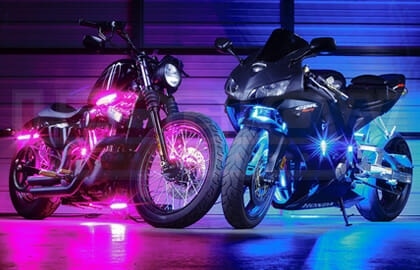
Anti-lock Brakes
ABS brakes lower fatalities in crashes by 43%, and they are now becoming more cost-effective and common on certain types like touring and sport-touring motorcycles. European legislation recently made anti-lock brake systems mandatory on motorcycles over 125cc, and that could be a trend soon showing up in other markets around the world.
Stability Control
Stability (or lack of) through a turn is often a major contributor to accidents, but new stability monitoring systems can analyze traction and lean-angle to ensure just the right amount of braking or power entering and exiting a corner is applied.
Three-wheeled Motorcycles
Some riders don’t have the ability to control a two-wheeled motorcycle well, but love the freedom they feel during a ride. Aftermarket conversions were the norm many years ago, but manufacturers are now offering a three-wheel trike as an included option to their yearly line-up.
Safest Motorcycles to Ride in 2022
With the riding season quickly approaching, we’ve scoured the manufacturer lineups for those we consider the best and safest motorcycles currently offered for riders of all skill levels. If you are currently thinking of purchasing a used motorcycle, these will also give you a benchmark to compare the used motorcycle against to determine what the best option is for you.
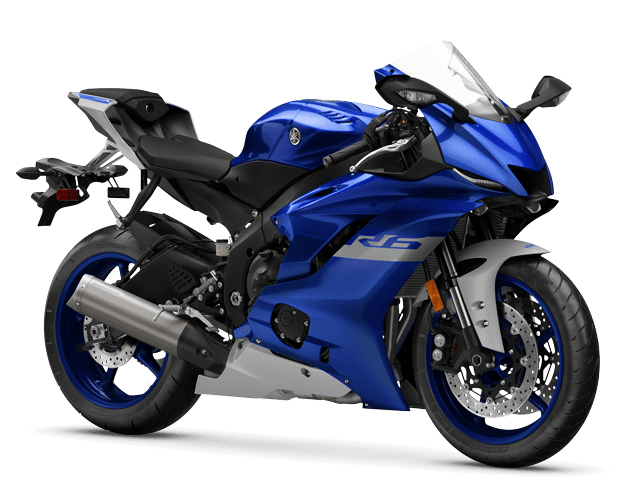
Yamaha YZF-R6
Only 11% of the motorcycles required maintenance in the first four years after they were manufactured. It is a compact motorbike that provides its users with a lot of freedom and a lot of safety measures. ABS brakes, electronic rider aids, top-tier suspension, and improved ergonomics assist riders in smoothly controlling the motorbike.
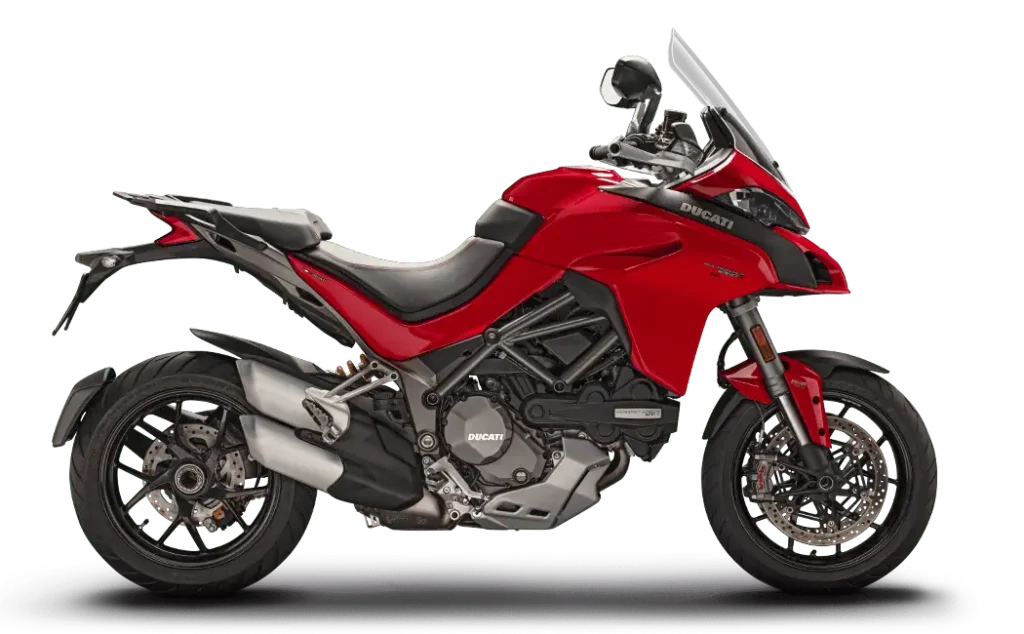
Ducati Multistrada D-air
This motorbike has adjustable traction control, an ABS braking system, and active suspension, which allows riders to easily manage the machine. Its most unique feature is a wireless airbag linked to a specific jacket. In the case of an accident, the wireless airbag deploys, shielding the rider from the full force of the collapse.
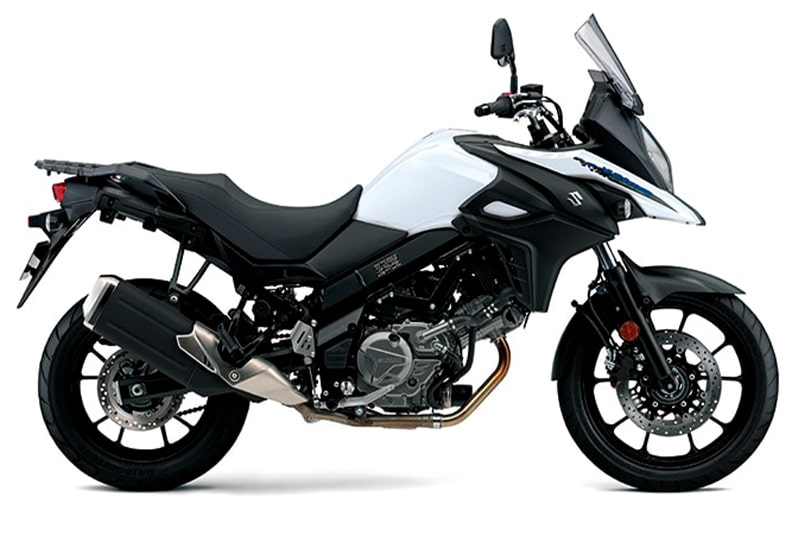
Suzuki V-Strom 650 Abs
According to user reviews, the Suzuki V-Strom has a low failure rate of 12 percent. The distance between the seat and the ground is approximately 32.8 inches, allowing riders to easily lay their feet on the ground while seated on the motorbike. It is a relatively light motorbike that weighs 476 pounds, making it simple for beginning riders to regulate its weight as they move around. It has tubeless tires, which decrease the chance of punctures and let it to operate effectively at low pressure.
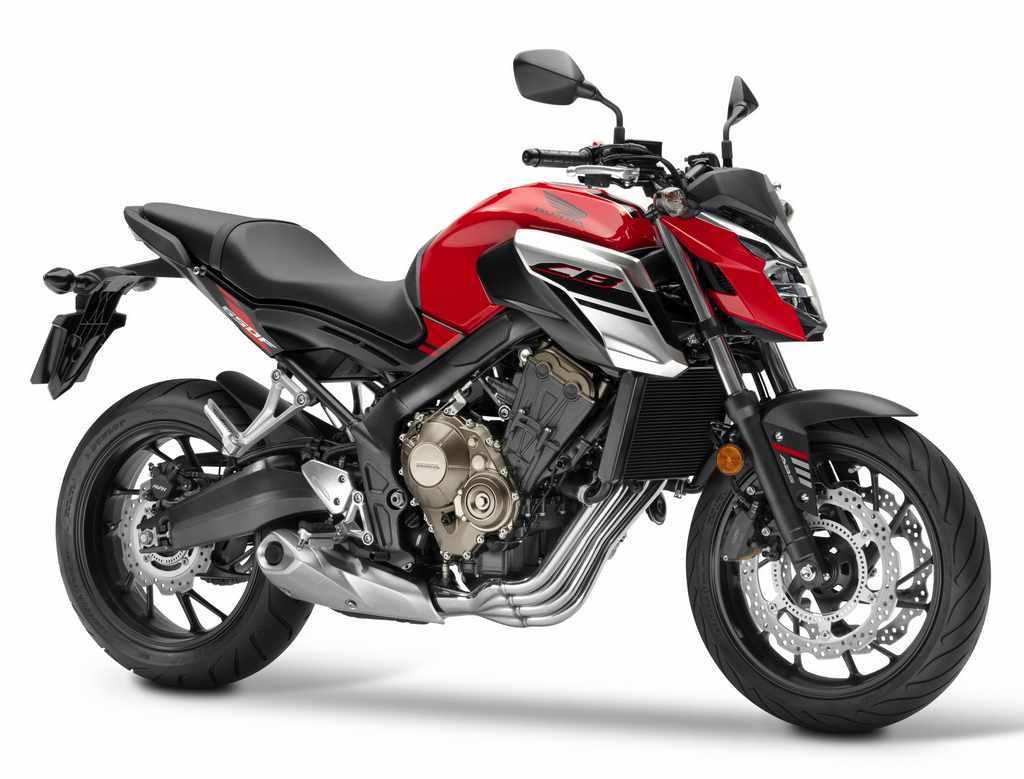
HONDA CB 650 F
The Honda CB 650 F from Tokyo is an excellent choice for motorcyclists searching for a secure motorbike. The strong engine and smooth throttle bar of the Honda CB 650 F make it simple for riders to operate the motorbike. Despite its weight, users can easily handle the bike at any pace.
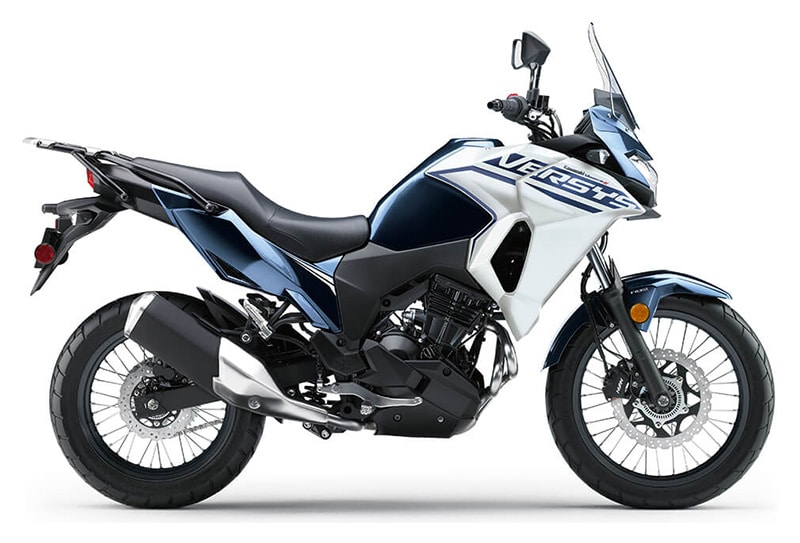
KAWASAKI VERSYS 300-X
Although this motorbike is designed for adventure, its lightweight design, anti-lock braking system, and 32.1-inch-high ergo-fit seat make it suited for a wide range of riders. It weighs 385.9 pounds and is simple to use for riders. It features a bigger gas tank than other versions, so riders won’t have to worry about running out of petrol in the middle of nowhere. Its power is manageable by both inexperienced and expert riders.
TAKEAWAYS
By reviewing all the manufacturers, it’s clear that they offer competitive models for cost, performance, and safety. Those we noted above had a little something extra when we reviewed all the specifications and feature sheets. We’d also recommend noting what is available in your area as not all listed manufacturer brands may be sold or supported in your area. If that’s the situation, review what is offered near you first in case you need parts or services in the future. If location is not a major concern, the door is wide open for options.
Whether you’re a new rider beginning their motorcycling journey or an experienced rider looking to start another fun-filled year of riding, safety will be a paramount concern to ensure the longevity of your riding career. Always look to match your motorcycle to your riding skill level and the type of riding style you plan to do. While some new motorcycles offer exceptional safety features, consider researching if those new features can be added or upgraded on your current motorcycle instead of purchasing a new motorcycle. Somewhere between old, upgraded, and new lies your next safe motorcycling adventure, so grab your keys and get out there when the weather is just right for a ride.

